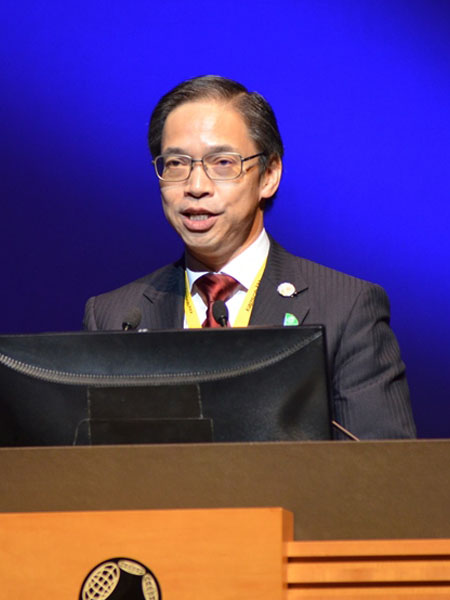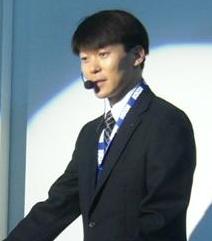Keynote Speakers
Speaker 1
|
Mr. Hajime Amano
Chair, International Corporation WG, SIP-adus |

|
Abstract
Japanese government initiated an automated driving system project under the Cross-Ministerial Strategic Innovation Promotion Program by the Council for Science, Technology and Innovation. The project was named as the Innovation of Automated Driving for Universal Services or SIP-adus. The objective of the project is to create an inclusive society, where diverse people in diverse communities actively participate in generating values. Such a society will enhance both wellness of individuals and economic development. In addition to advanced vehicle technologies such as sensing, decision making and operation of the vehicles, a variety of surrounding technologies and information platforms need to be established. Those are precise and dynamic modeling of road environment, secure communication between vehicles, infrastructure, and other road uses, transition of control authority between the human driver and the control systems, internationally harmonized regulations and certification, and fostering social acceptance. Automobile industry is actively engaging in the project with valuable insights provided by academia and members of media. Advanced features using automated driving technologies will be aggressively implemented in the commercial products in the coming years, spanning from simple driving assistance functions to fully automated driving.
Speaker 2
|
Dr. Tankut Acarman
Galatasaray University, Turkey "VANET-assisted Positioning Techniques: Feasibility and Architecture" |

|
Abstract
Two main ICT enablers have been massively explored to improve active safety: GNSS-based positioning and a vehicular ad hoc network (VANET). In fact, by exchanging information on their respective positions, vehicular nodes are expected to be timely aware of the hazards in their vicinity and trajectories. In consequence, to be able to reduce perception time and increase perception distance, leading to the reduced rate of accidents. An augmented system for vehicle localization by the seamless integration of VANETs and road map data features in order to improve the reliability and availability of position information is introduced. Mutual positioning perspective, measurement-based statistical model of relative distance as a function of Time-of-Arrival on its potential benefits and issues, also with practical consideration will be presented. VANET-assisted positioning technique is implemented in an urban cooperative mutual positioning scenario. The results of simulation studies and road experiments will be presented.
Speaker 3
|
Dr. Keisuke Takemori, KDDI
"In-vehicle Network Security Using Secure Element" [Presentation file] |

|
Abstract
Fake packets, codes and electric control units (ECUs) can be easy injected in vehicle controller area network (CAN) to hijack vehicle control. Security countermeasures for both the CAN and the ECU are urgently required to improve driving safety. In this session, we discuss in-vehicle network securities using the hardware secure elements as follows: (i) initial authentication of ECUs, (ii) cipher key exchange from a master ECU to slave ECUs, (iii) authentication of a CAN packet, and (iv) remote reprogramming with secure boot of ECU. The security mechanisms are implemented in a hardware security module (HSM) embedded in a master ECU, in a secure hardware extension (SHE) embedded in a slave ECU, and in a subscriber identity module card (SIM) embedded in a data communication module (DCM). The DCM is a trust-anchor of the master ECU that generates and distributes cipher keys to the slave ECUs. Then, the ECUs generate a media authentication code (MAC) for the CAN packet by using the cipher keys. In addition, the master ECU verifies the integrity of the reprogramming code and reports the result of the update status.










